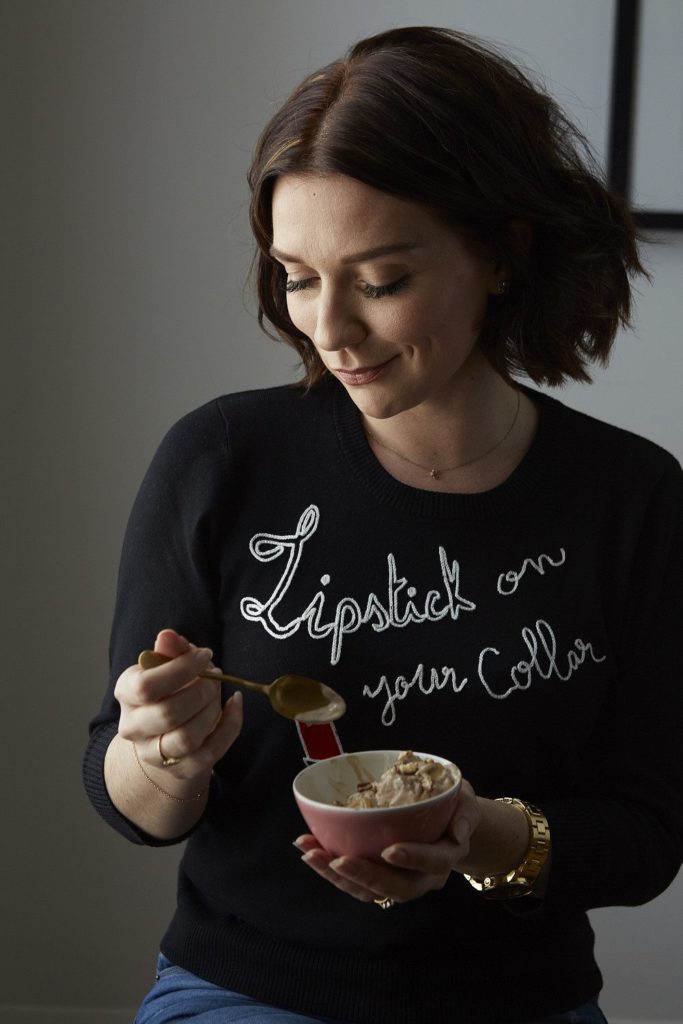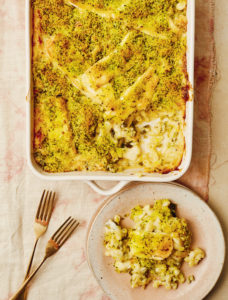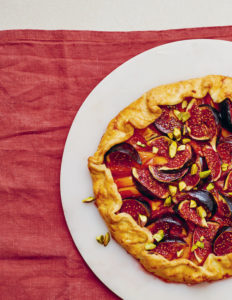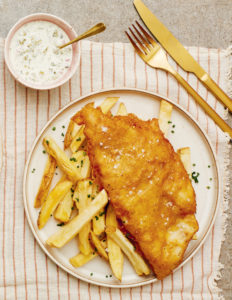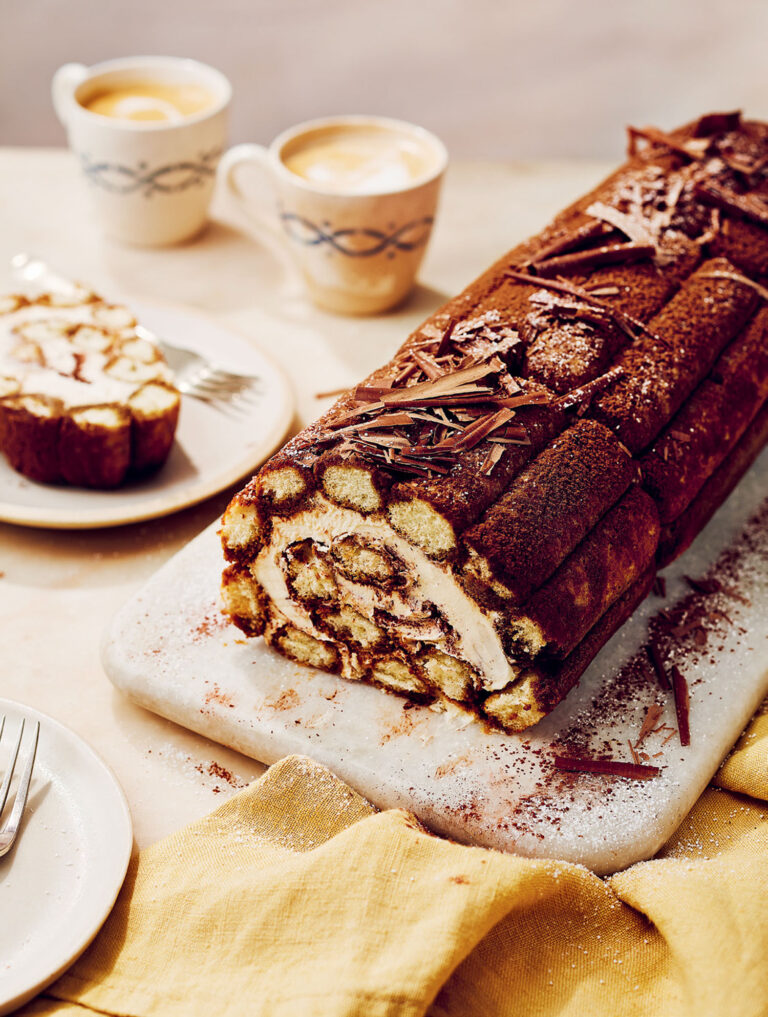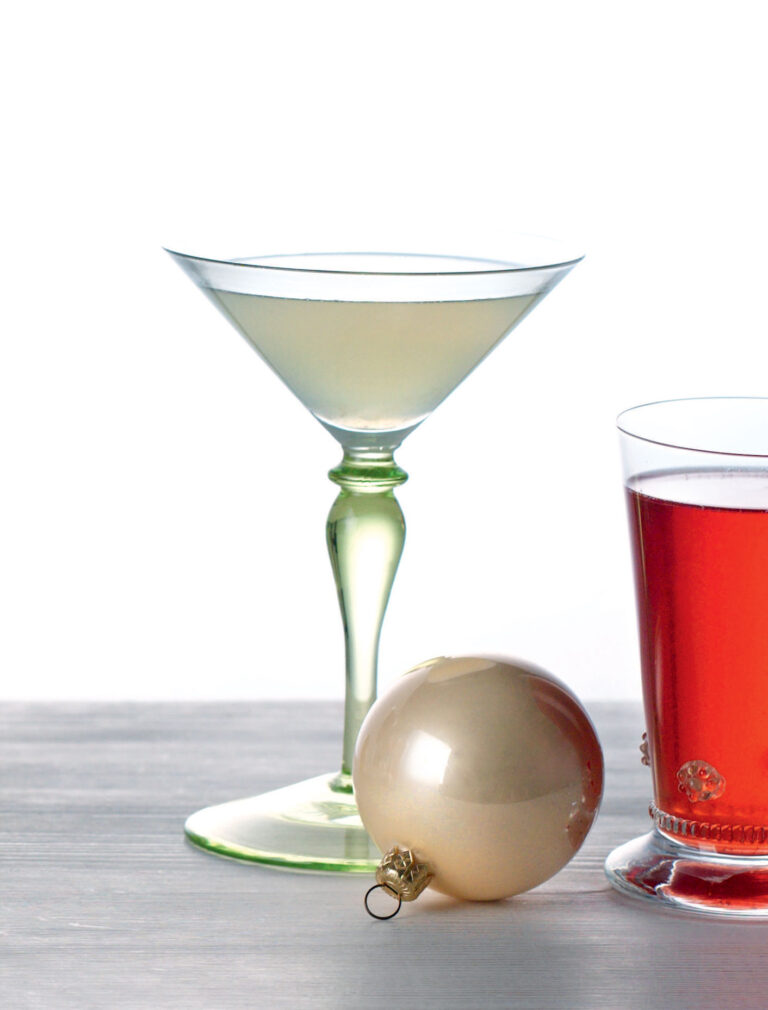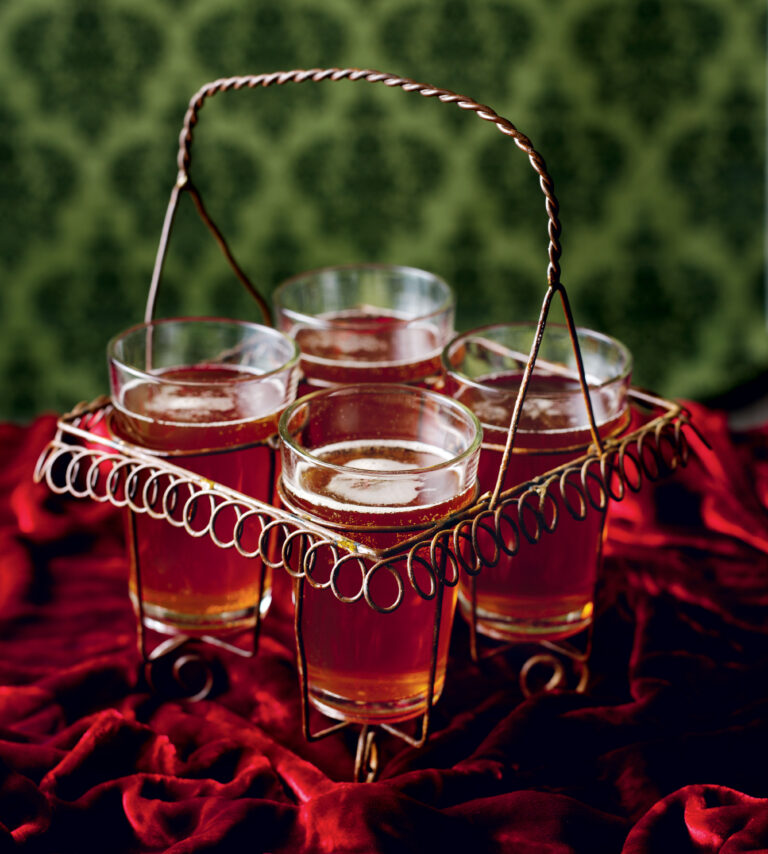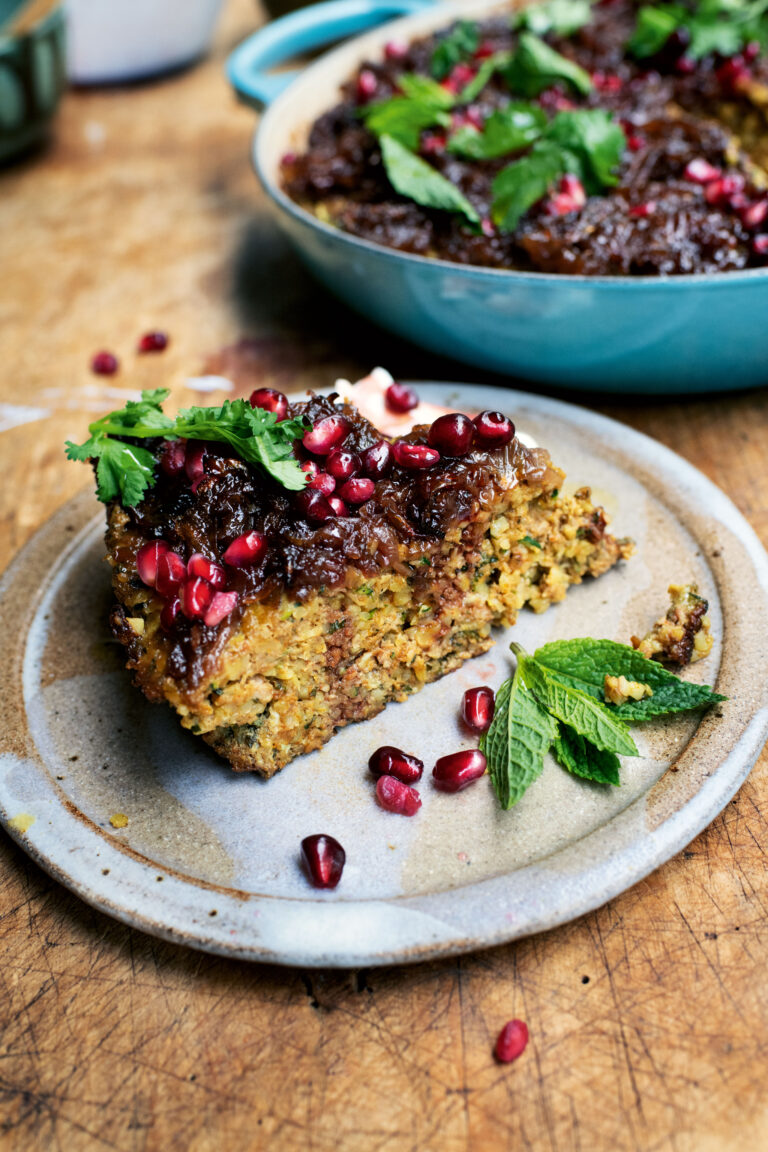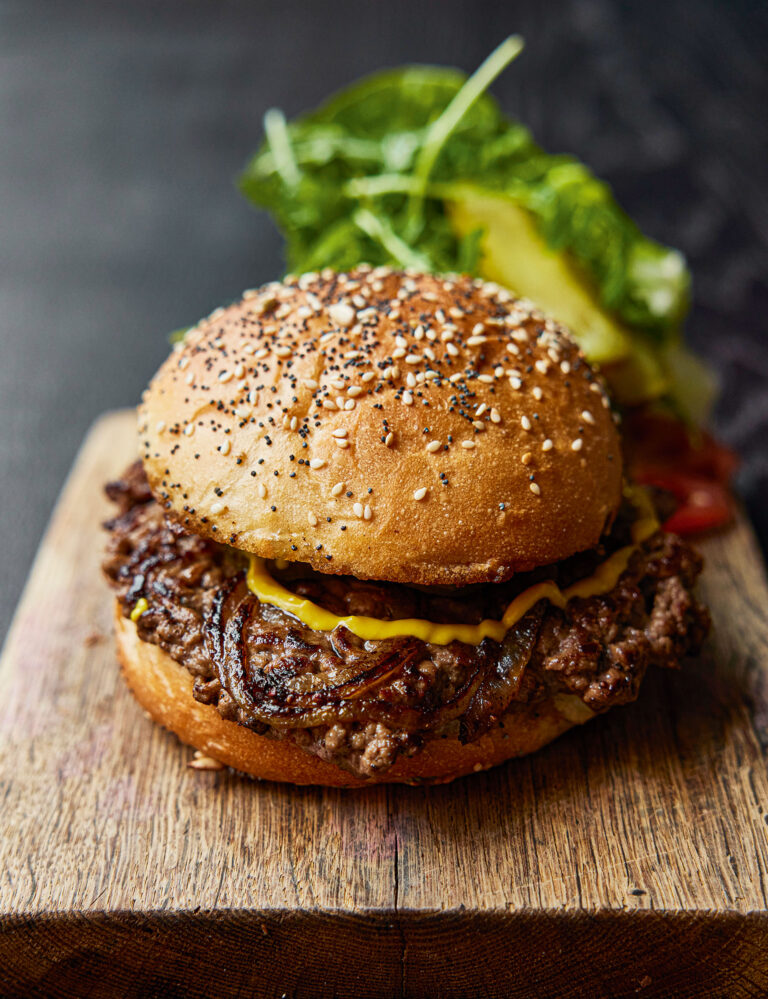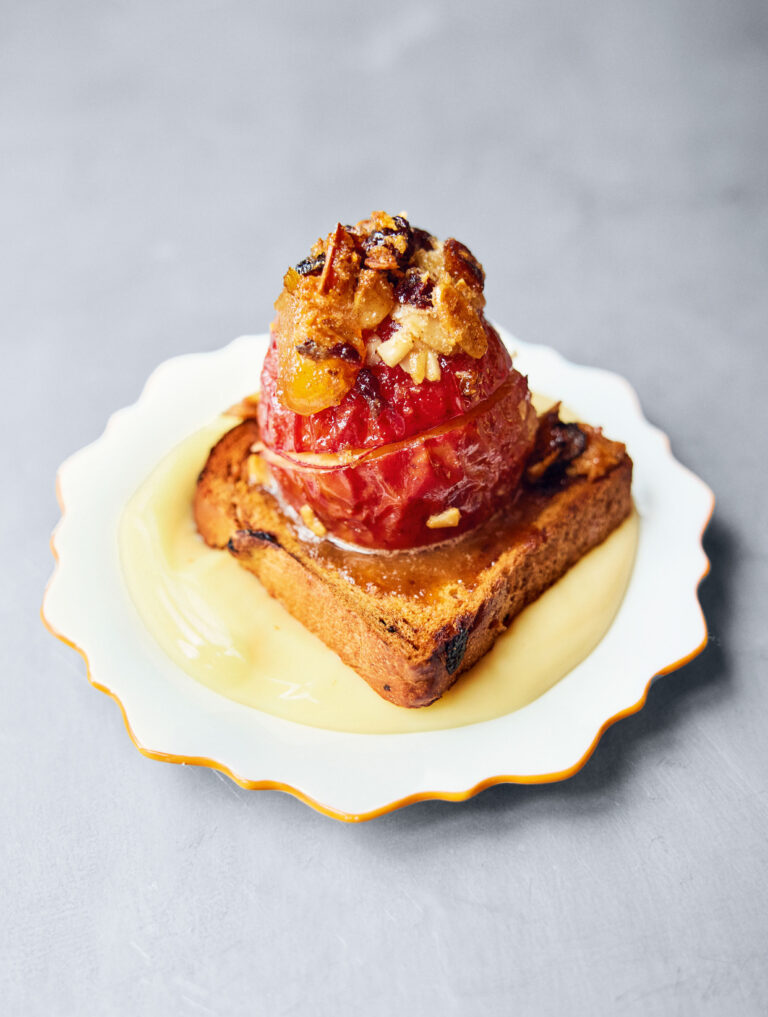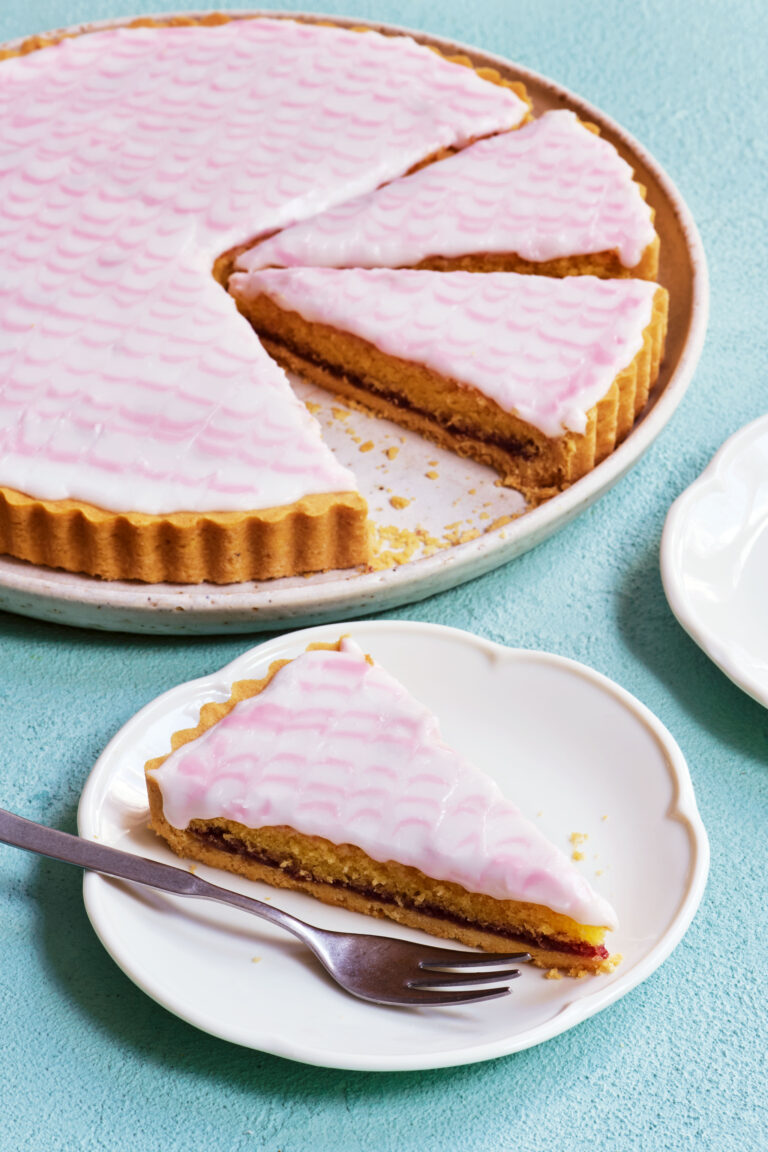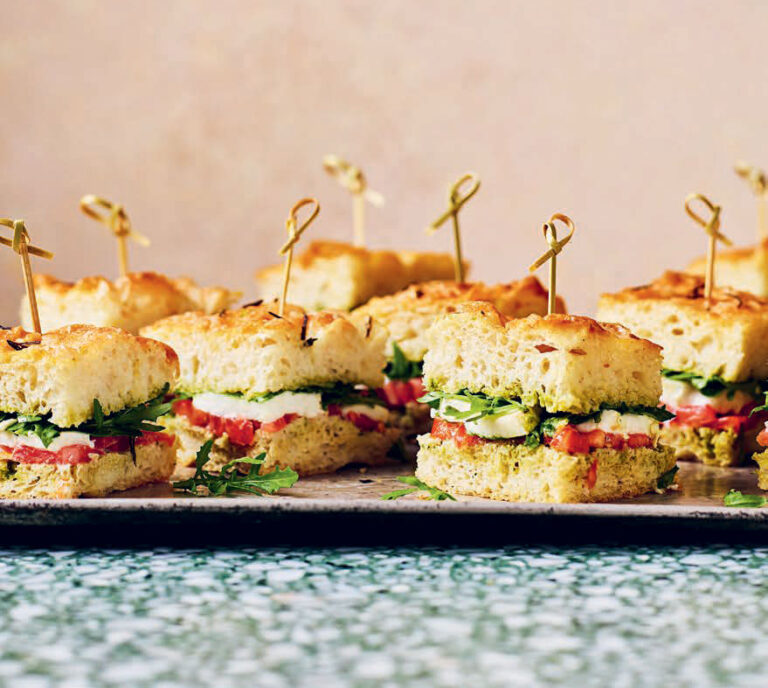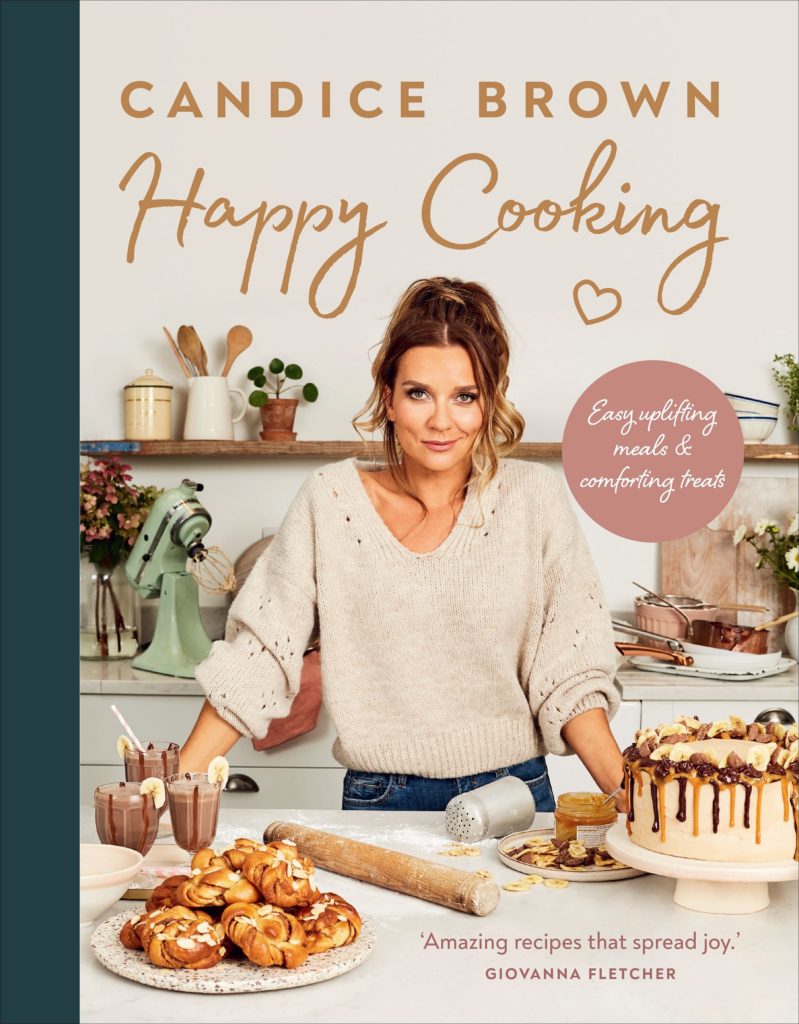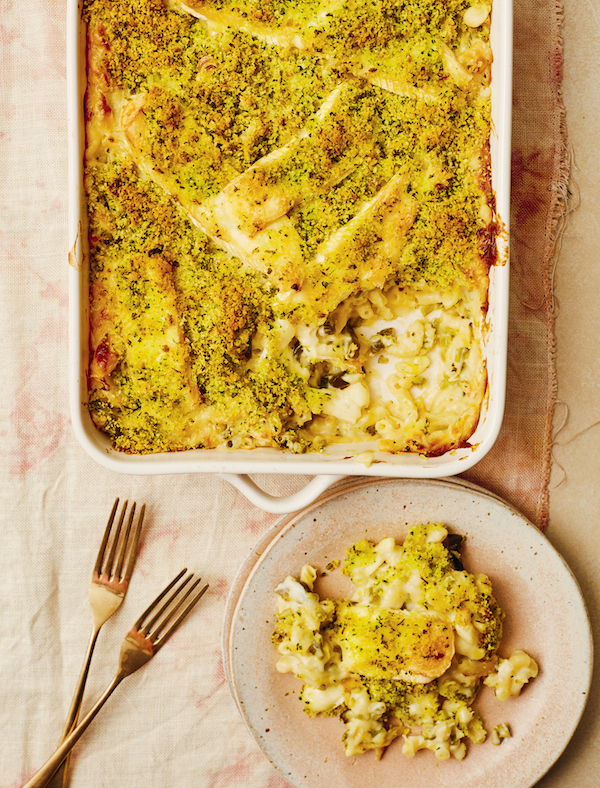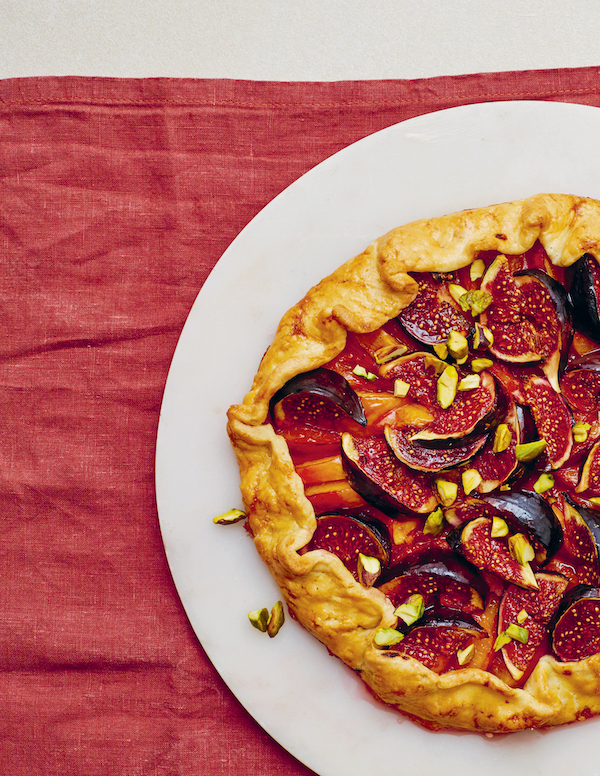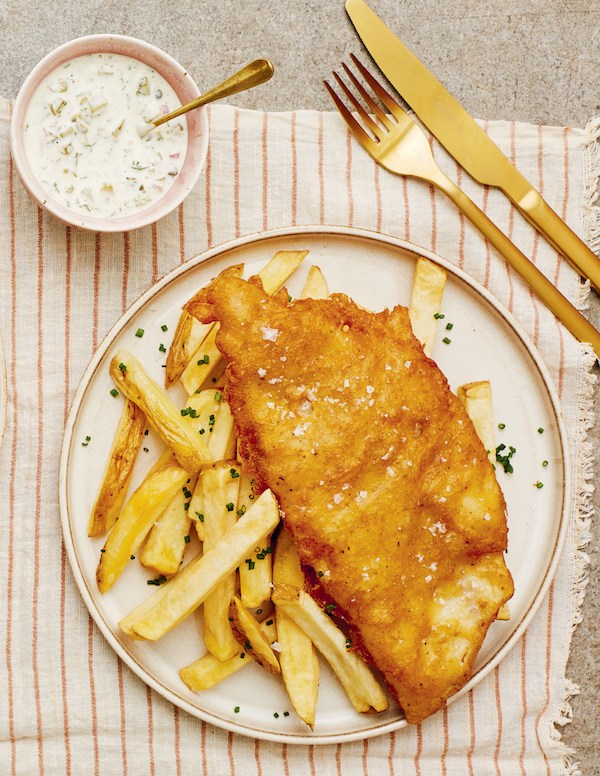Candice Brown’s Gingerbread House
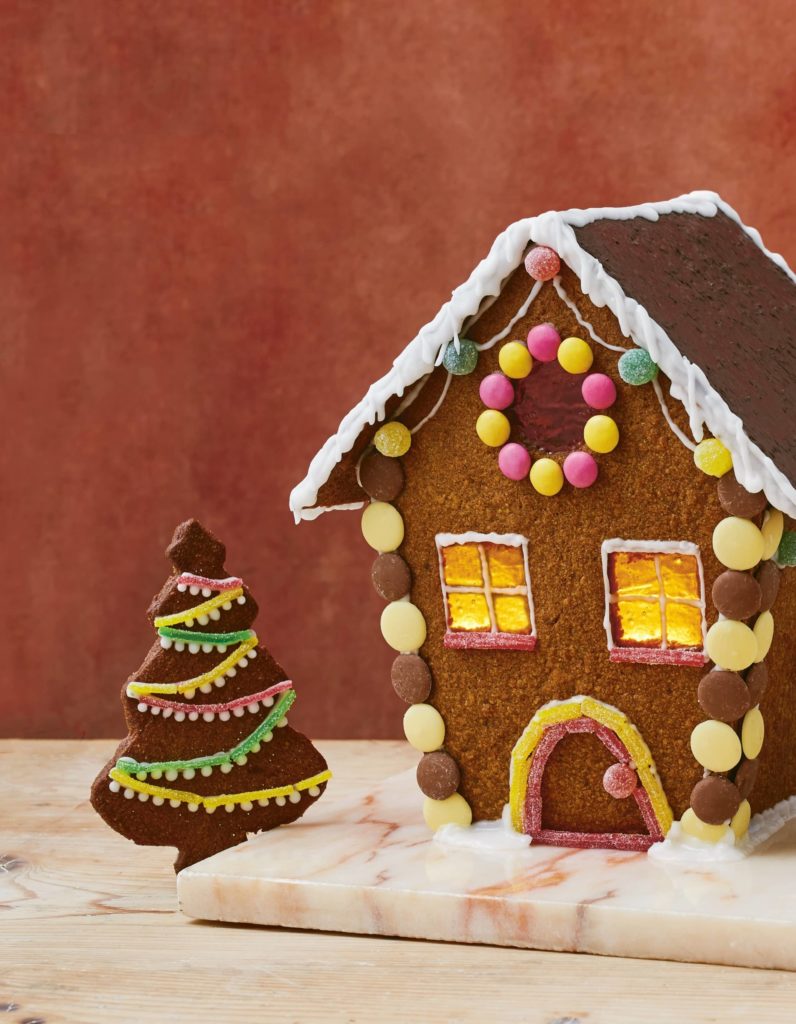
Try your hand at a traditional gingerbread house this Christmas with Candice Brown's inspiring recipe complete with candy stained glass windows and festive decorations.
From the book
Buy From
Introduction
This should really give me heart palpitations and flashbacks to The Great British Bake Off , but actually it’s something I can do quite well and brings back the most incredible memories. This isn’t quite a pub but a cute little house that isn’t just for Christmas but can be a task for you, for kids, or a gift for someone to put together themselves. The gingerbread is mighty tasty, so I suggest putting it together, taking a photo, then smashing it to pieces and eating the lot with a mug of my hot chocolate orange.
Ingredients
| 700g | plain flour |
| 3 tsp | ground cinnamon |
| 3 tsp | ground ginger |
| ½ tsp | freshly grated nutmeg |
| ½ tsp | salt |
| 100g | stem ginger in syrup, finely chopped |
| 450g | unsalted butter |
| 700g | dark soft brown sugar |
| 2 | large eggs |
| 1 x bag of | coloured boiled sweets (you need about 6–10 for the windows, but you might want some to eat while getting creative) |
| 200g | caster sugar |
| For the decoration: | |
|---|---|
| selection of sweets, such as jelly sweets, milk and white chocolate buttons, sugar-coated chocolates and/or jelly beans | |
| a selection of nuts, such as almonds and hazelnuts desiccated coconut | |
| 200g | dark chocolate (minimum 70% cocoa solids) |
| 300g | icing sugar |
| food colouring gels of your choice |
Essential kit
You will need: a free-standing electric mixer or handheld electric mixer and a pastry brush.
Method
Preheat the oven to 160°C fan (180°C/350°F/Gas Mark 4) and line a baking tray with greaseproof paper.
Sift the flour, spices and salt into a bowl.
Put the butter and sugar in the bowl of free-standing electric mixer and mix until fluffy and light. You can also use a handheld electric mixer or even just a good old-fashioned wooden spoon and elbow grease. Add the eggs (and a little fl our mix if it starts to curdle). Add the dry ingredients and the stem ginger and mix until just coming together.
Use your hands to form the dough into a ball, collecting all the dough from the edges of the bowl. Flatten, wrap in cling film and transfer to the fridge to chill for 30 minutes.
Roll out the dough between two sheets of greaseproof paper until 5–6 mm thick. Using the templates on pages 130–31, cut out two sections for the front and back of the house, two side walls and two sections for the roof. You can also cut out a couple of people and some trees, if you wish, using a steady hand or cutters. Transfer to the prepared baking tray, then cut out the windows and door from the front and back sections following the templates. Place in the fridge for 30–45 minutes.
Remove from the fridge and bake for 10–15 minutes depending on size of the section. About halfway through baking (after 8 minutes), place a coloured boiled sweet in each empty window/door space.
Remove from the oven and very quickly, while hot and still soft, neaten the edges using a sharp knife and checking against the templates. Be careful of the melted sugar windows. Leave to cool slightly, then carefully transfer to a wire rack to cool completely.
To make the caramel for sticking, put the caster sugar and 50ml water in a saucepan over a medium heat. Swirl and allow the sugar to dissolve – do not mix, just swirl occasionally. Place a jam or cooking thermometer in the caramel and watch until the temperature reaches 160°C (325°F) – just past the hard crack stage. Swirl it around so it is an even colour and remove from the heat.
Before dipping in caramel, check the house sides fit together. If not, using a very sharp knife, simply shave off any excess until the sides fit.
Find a display board or surface on which you are going to display your house on and, working fast, dip the edges of the walls that are being joined in the caramel, one at time. Hold the walls together until the caramel hardens and the walls are stuck together. You may need some tins or something heavy to hold each section up while you do this and the caramel sets. If the caramel starts to harden, place briefly back over a low heat until it softens again.
Using a pastry brush, brush one side and one long edge of one roof piece (where it joins the other roof piece) with the caramel and hold on top of the walls. Repeat with the second roof piece and leave to set and harden. If you are not confident using hot caramel to stick, you can make up a thick paste using a little icing sugar and water and use this instead.
Melt the dark chocolate either in a bain-marie or in 20-second bursts in the microwave. Using a pastry brush, gently brush the melted chocolate on the roof so you get a thatched roof effect.
Put any remaining dark chocolate in a piping bag and use this to outline the windows or pipe on details.
In a bowl, mix the icing sugar together with some water and any food colouring you like to make a thick, pipeable paste. Transfer to a piping bag and use to decorate – use plain white icing for a snow effect around the roof and windows.
You can use sweets, nuts and/or coconut for decoration. Basically, go nuts! Decorate the house, trees and people, if using, and leave to set. If you’re feeling fancy, you can put a small light under the house so the light shines through the coloured windows.
Reviews
Have you tried this recipe? Let us know how it went by leaving a comment below.
Thank you for your rating. Our team will get back to any queries as soon as possible.
Please note: Moderation is enabled and may delay your comment being posted. There is no need to resubmit your comment. By posting a comment you are agreeing to the website Terms of Use.
